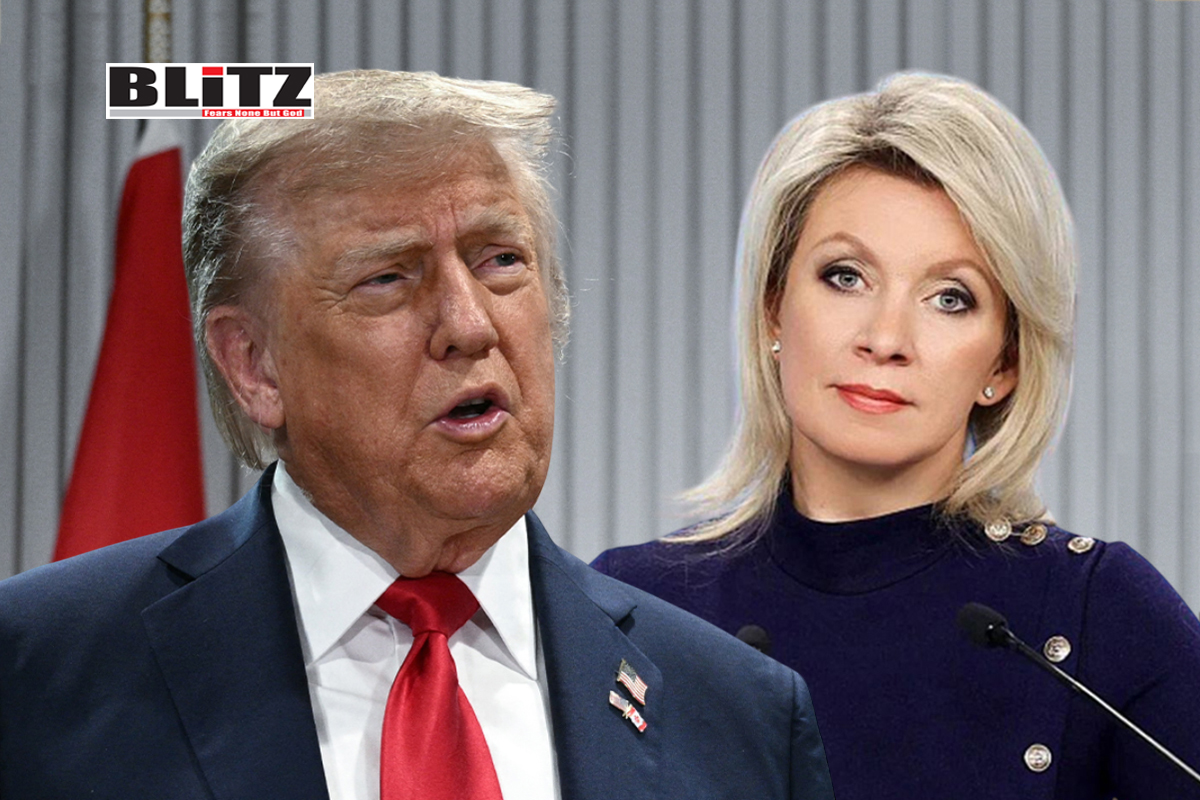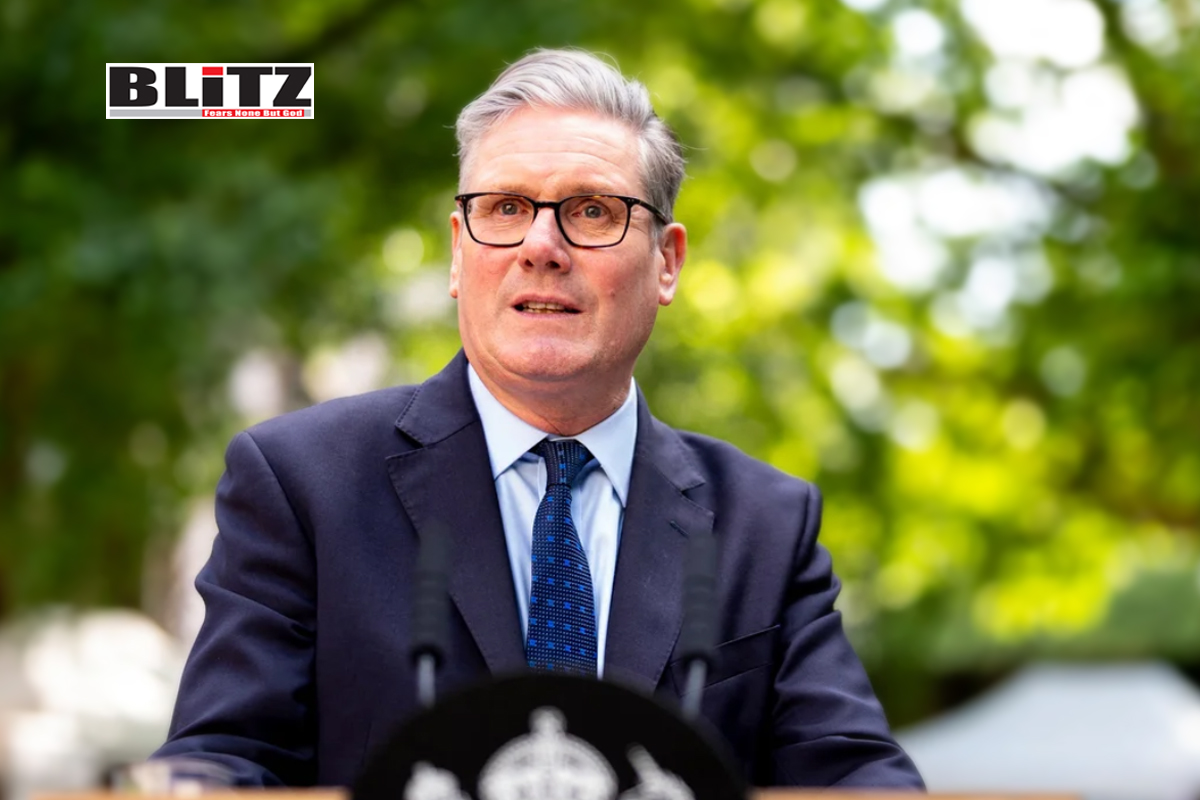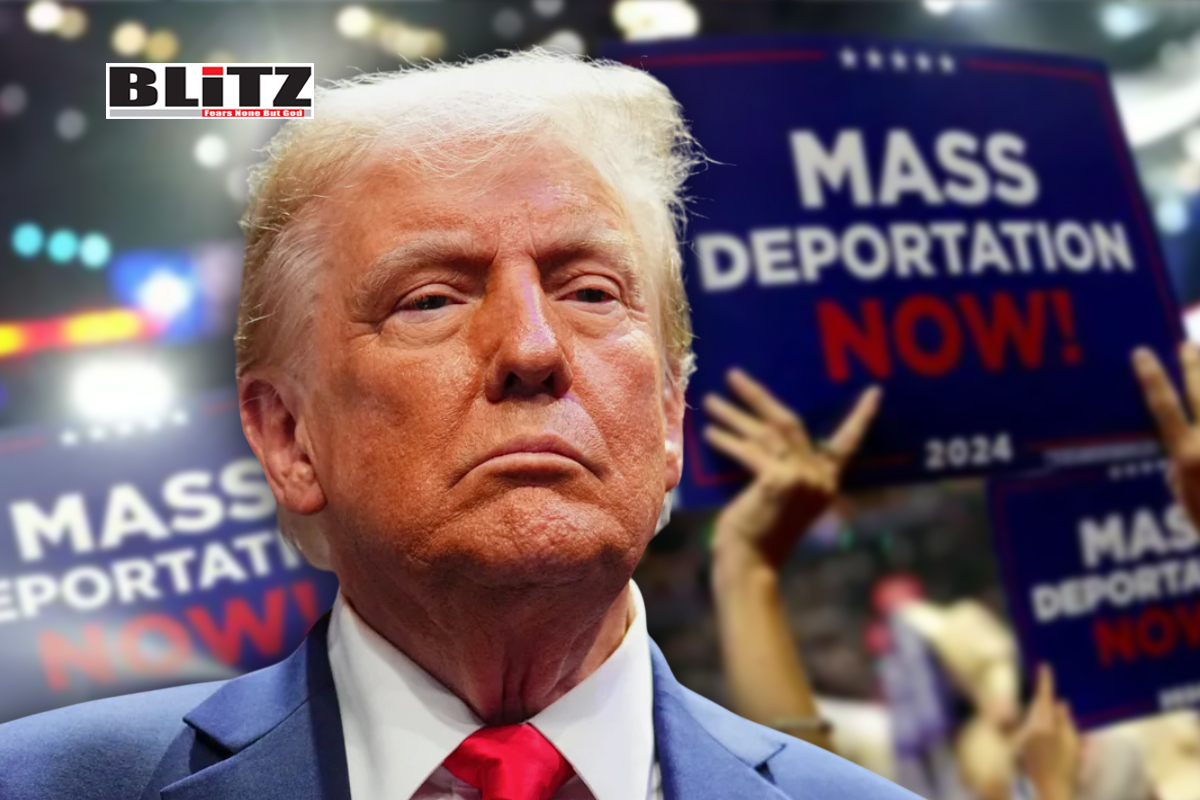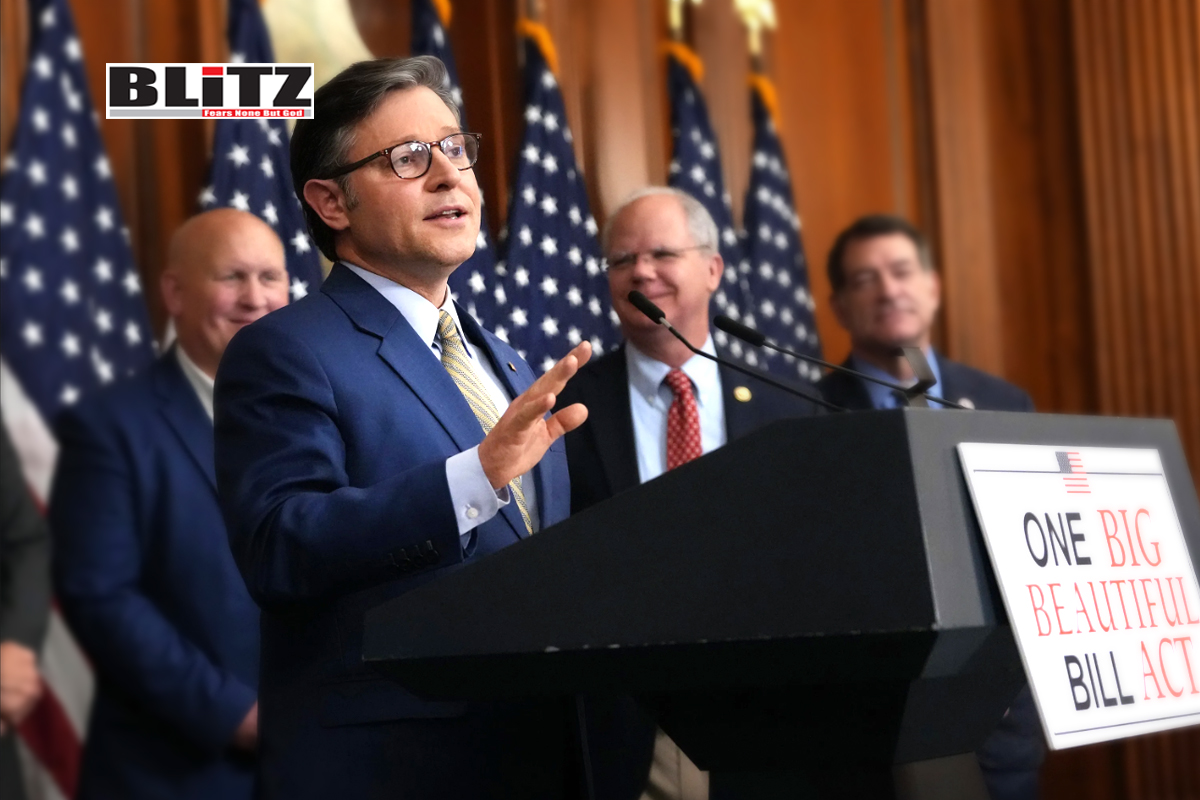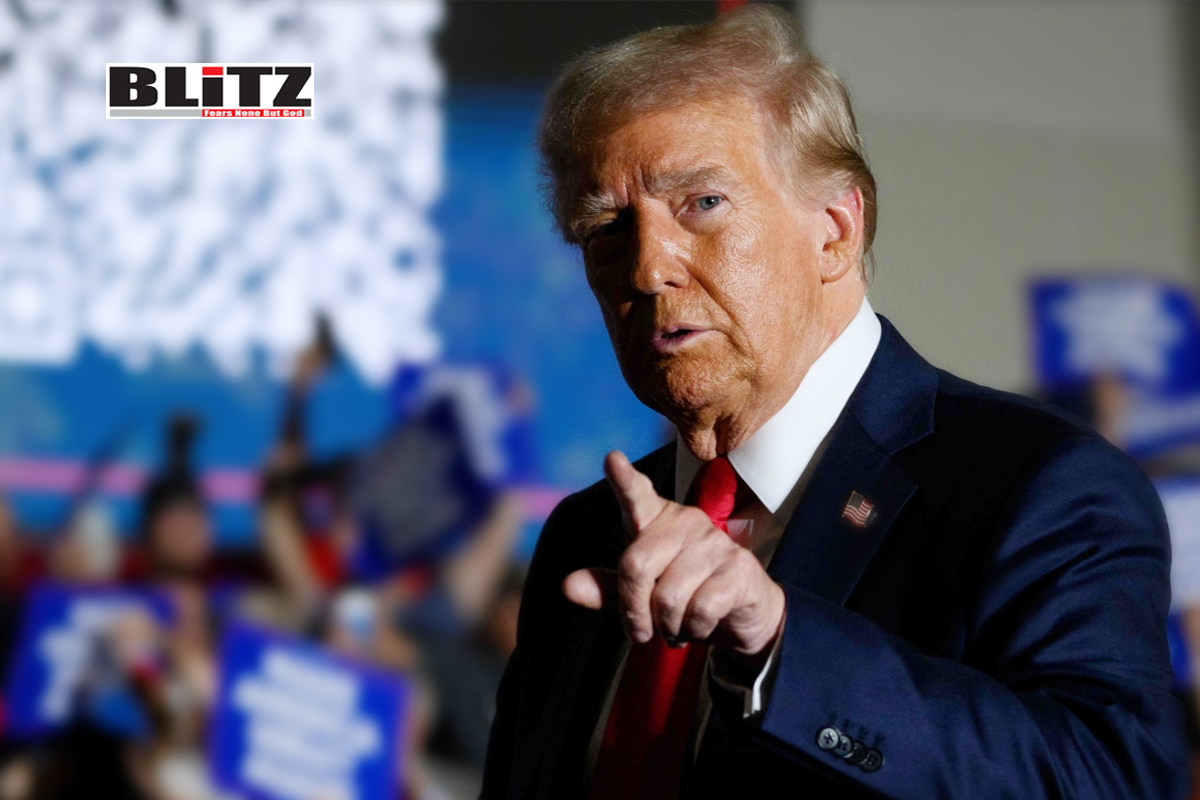Trump’s Syria exit hands regional influence to Turkiye and allies
- Update Time : Wednesday, June 18, 2025
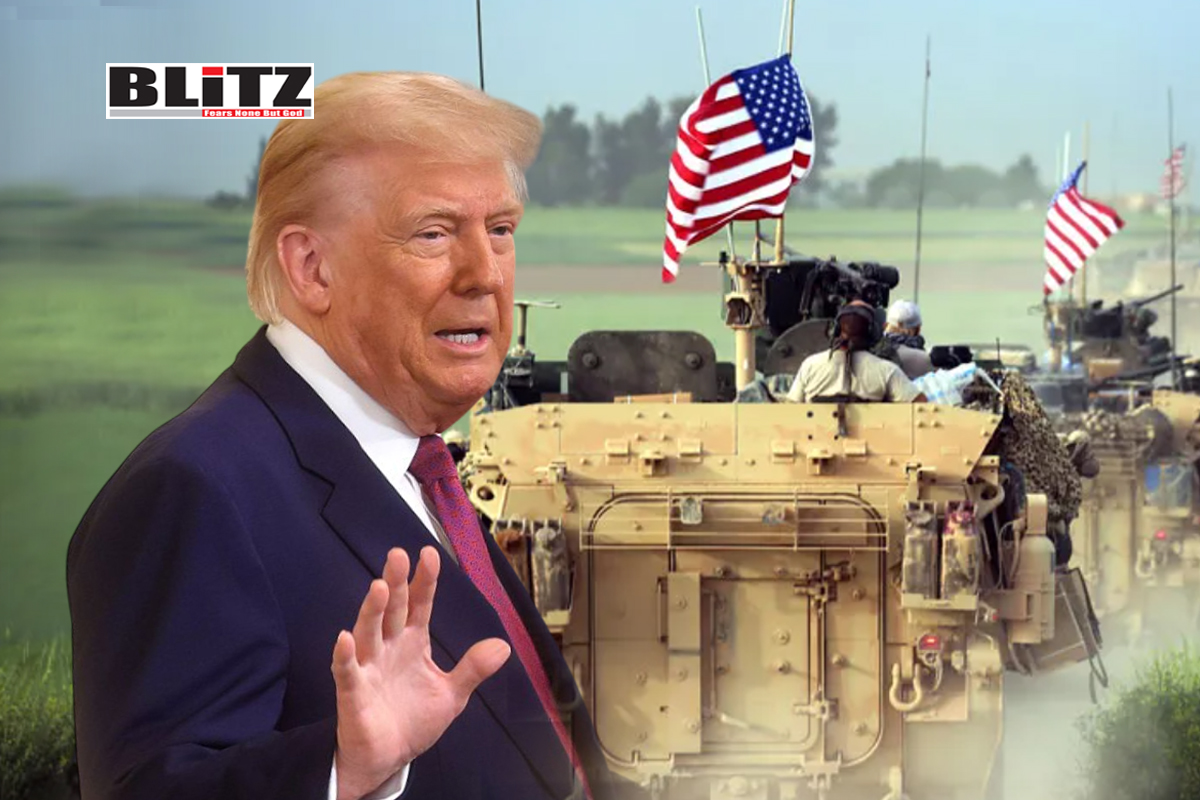
In a significant recalibration of US foreign policy, the Trump administration has taken concrete steps to disengage from Syria. The decision in April to withdraw 500 troops from eastern Syria, followed by moves to lift sanctions and appoint a special envoy to Damascus, suggests that Washington is actively “de-prioritizing” Syria on its strategic map. This shift has profound implications for the region – and most notably, it positions Turkiye as the principal beneficiary.
At the heart of the shift is a new geopolitical reality following the fall of Bashar al-Assad. The rise of Ahmad Al-Sharaa to Syria’s presidency initially met with cautious skepticism in Washington. US officials voiced concerns about his ties, his commitment to Syria’s ethnic and religious minorities, and the potential resurgence of Daesh (ISIS). Yet, in a series of rapid developments, President Donald Trump has signaled a willingness to move past initial misgivings.
The clearest sign of this pivot came after Trump’s surprising meeting with Al-Sharaa in Riyadh. Despite past US hostility toward Assad’s regime and his associates, Trump described the new Syrian leader in warm terms, arguing that lifting economic pressure “would give them a chance.” This marked a stark departure from prior policy under both his own administration and that of President Obama.
This change in US posture is being executed through three key channels: lifting sanctions, re-engagement with Damascus, and military withdrawal.
First, the sanctions relief. The White House has already rescinded several layers of economic sanctions that were severely impacting Syria’s post-war economy. More significantly, officials are drafting a sweeping executive order that would permanently roll back major economic restrictions. The move clears the way for international – particularly Turkish – investment in Syria’s reconstruction.
Second, the Trump administration is engaging directly with Syria’s new leadership. Trump’s appointment of Tom Barrack, the current US ambassador to Turkiye, as the special envoy to Syria reflects both symbolic and practical intent. Within days of his appointment, Barrack visited Damascus, raising the US flag over the long-shuttered embassy – a gesture with deep political symbolism, signaling a restoration of diplomatic ties that had been severed since 2012.
Finally, on the military front, the drawdown is perhaps the most consequential shift. The United States has begun reducing its troop presence in eastern Syria – down from 2,000 to 1,500, with only one of eight military bases remaining operational. There are ongoing discussions to further reduce US forces to under 1,000, and Trump has expressed his desire to eventually remove all troops from Syria altogether.
These decisions reflect Trump’s broader Middle East posture, shaped by his Gulf tour in May. Consistent with his first term, the president appears eager to reduce direct US involvement in Middle Eastern conflicts while seeking opportunities for economic gain. Iran and Israel remain at the top of his priority list – containing Tehran’s nuclear ambitions and supporting Israel’s security posture. Outside of these, however, Trump seems content to allow regional powers such as Saudi Arabia and Turkiye to take the lead.
Syria, from this perspective, is no longer a core US interest. Trump has shown little appetite for nation-building or prolonged military entanglements in a country where opportunities for American businesses remain limited. With Iran’s influence in Syria diminished following Assad’s ouster, there is less rationale for maintaining a military presence aimed at countering Tehran. Even Israeli concerns – including its airstrikes ostensibly to protect the Druze population – have not been sufficient to sway Trump’s new course.
Moreover, tensions between Trump and Israeli Prime Minister Benjamin Netanyahu have become more visible in recent weeks. As Trump seeks to assert his independence from Israel’s regional preferences, he appears increasingly disinclined to let Israeli objections dictate US policy in Syria.
In contrast, the clearest winner from the US pivot is Turkiye. President Recep Tayyip Erdogan has long sought to reshape Syria in a manner favorable to Ankara’s interests – particularly by undermining the US-backed Syrian Democratic Forces (SDF), whom Turkiye views as an extension of the Kurdish PKK insurgency.
The US troop withdrawal significantly weakens the SDF’s security umbrella. Already under pressure to negotiate with the Al-Sharaa government, the SDF now faces an existential dilemma. With reduced US backing, its aspirations for autonomy in northeastern Syria look increasingly unsustainable. This aligns perfectly with Ankara’s long-held goal of preventing a Kurdish autonomous region along its southern border.
Economically, Turkiye stands to gain even more. Turkish construction, energy, and logistics companies are well-positioned to participate in Syria’s reconstruction. With US sanctions lifted, these firms can now engage openly, providing a much-needed economic boost for Turkiye amid domestic inflation and currency instability.
Diplomatically, Trump’s engagement with Al-Sharaa further legitimizes the Syrian leader – and by extension, Ankara’s long-term strategy of backing a post-Assad solution aligned with Turkish interests. The dual appointment of Tom Barrack, who is perceived as pro-Erdogan, to oversee relations with both Ankara and Damascus, ensures a degree of policy coherence that benefits Turkiye. It virtually guarantees that US policy toward Syria will be filtered through Turkish lenses.
Additionally, Turkiye’s recent coordination with Iraq, Jordan, and Syria on anti-Daesh operations bolsters its image as a capable regional power – one that can substitute for a retreating United States in combating extremism. This narrative, if accepted in Washington, further weakens the case for continued American support for the SDF.
Despite the immediate gains, Turkiye’s newfound influence comes with risks. While Trump may be comfortable ceding leadership to Ankara for now, he is also known for demanding accountability from allies. If Syria destabilizes again – through a Daesh resurgence, sectarian conflict, or humanitarian disaster – the United States may place blame squarely on Turkiye.
Furthermore, Erdogan’s government will now face greater pressure to deliver on reconstruction, reconciliation, and counter-terrorism within Syria – areas where success is far from guaranteed. Turkiye may also find itself drawn deeper into Syria’s internal politics than it prefers, especially if Al-Sharaa fails to stabilize his rule or if intra-regime rivalries emerge.
The Trump administration’s policy shift on Syria marks the most significant reorientation of US engagement with the country since the civil war began. By lifting sanctions, re-engaging diplomatically, and pulling back troops, Washington has clearly signaled a retreat from the Syrian theater. While this provides a strategic opening for Turkiye, it also transfers significant burdens and risks onto Ankara’s shoulders.
Whether Trump has knowingly empowered Erdogan or has simply been outmaneuvered by him remains an open question. Either way, the US has effectively handed the Syrian file to Turkiye – and the consequences of that handoff are likely to resonate across the region for years to come.



